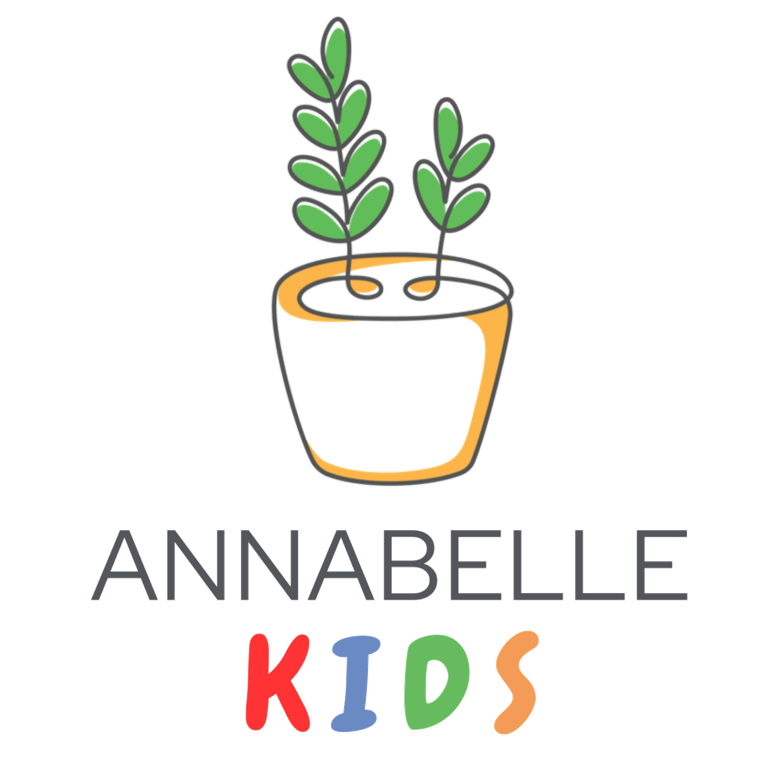Vocal Disorders
Understanding Voice Disorder in Children
Have you ever wondered how your voice is produced? No, its not magic; our voice is actually produced by the vocal folds in our larynx, more commonly known as the voice box! The vocal folds are thin muscle bands that produce vibrations, which is the sound that comes out of your mouth when you speak. Voice disorders often involve problems with the vocal folds.
Voice disorder is a condition characterised by an abnormal pitch, volume, tone and quality of voice. To determine if a child’s voice is out of the norm, a child speech therapist compares it to other children of similar age, gender, cultural background.
Signs of voice disorder
8%
of children in Singapore have a voice disorder
Hyponasal or hypernasal voice (imagine how you speak with a blocked nose!)
Breathy voice
Hoarse and harsh voice
Strained, weak, or shaky voice
Loss of voice
Abnormal pitch – too high, too low, pitch breaks
Limited volume variation – too loud, too soft, unsteady
Frequent coughing or throat clearing
Increased effort to speak
Voice and body fatigue
*Note that these signs and symptoms may appear in isolation or in combination.
In general, these symptoms make it challenging for the child to communicate effectively which is likely to affect their self-confidence. They may also feel tired easily from speaking or projecting their voice.
Why is this happening to my child?
Structural causes
Physical changes to vocal mechanisms
Ψ Growths and lesions on vocal folds (e.g., nodules, cysts)
Ψ Infections leading to swelling
Ψ Intubation trauma
Functional causes
Maladaptive use of the vocal mechanisms
Ψ Excessive yelling and crying
Ψ Frequent coughing or throat clearing
Ψ Inappropriate pitch when speaking (too high or too low)
Ψ Frequent singing or wrong singing techniques
Ψ Vocal imitations or harsh voice sound effects
Neurogenic causes
Problems with the nervous system
Ψ Spasms in vocal muscles
Ψ Paralysed vocal cords
Ψ Parkinson’s disease
Ψ Multiple sclerosis
Psychogenic causes
Psychological conditions
Ψ Trauma
Ψ Anxiety
Ψ Depression
Ψ Personality disorders
How can I help my child?
Speech and language therapy is crucial in the management of voice disorder. Speech and language therapists would assess, diagnose, and develop an individualised management plan for your child.
Through therapy, your child would learn vocal hygiene practices, establish appropriate vocal production techniques, and acquire compensatory communication strategies.
For a child to reap the most from speech therapy, good practices should not be confined to the therapy room. Here are some good practices to engage in at home to further help your child:
Ψ Encourage water intake by taking regular sips of water
Ψ Maintain a healthy diet
Ψ Implement short periods of time to rest their voice (tell me you do not appreciate some quiet time to rest your ears)
Ψ Model speech for your child in terms of speaking in appropriate volume, pitch and tone. You could try playing around with different voices (of varying harshness, pitch and volume) and let them know what type of voice to use for each situation.
Ψ Encourage talking at a near distance
Ψ Discourage yelling across distances or talking over people and background noise
Ψ Reduce presence at smoky, dusty and polluted environments
